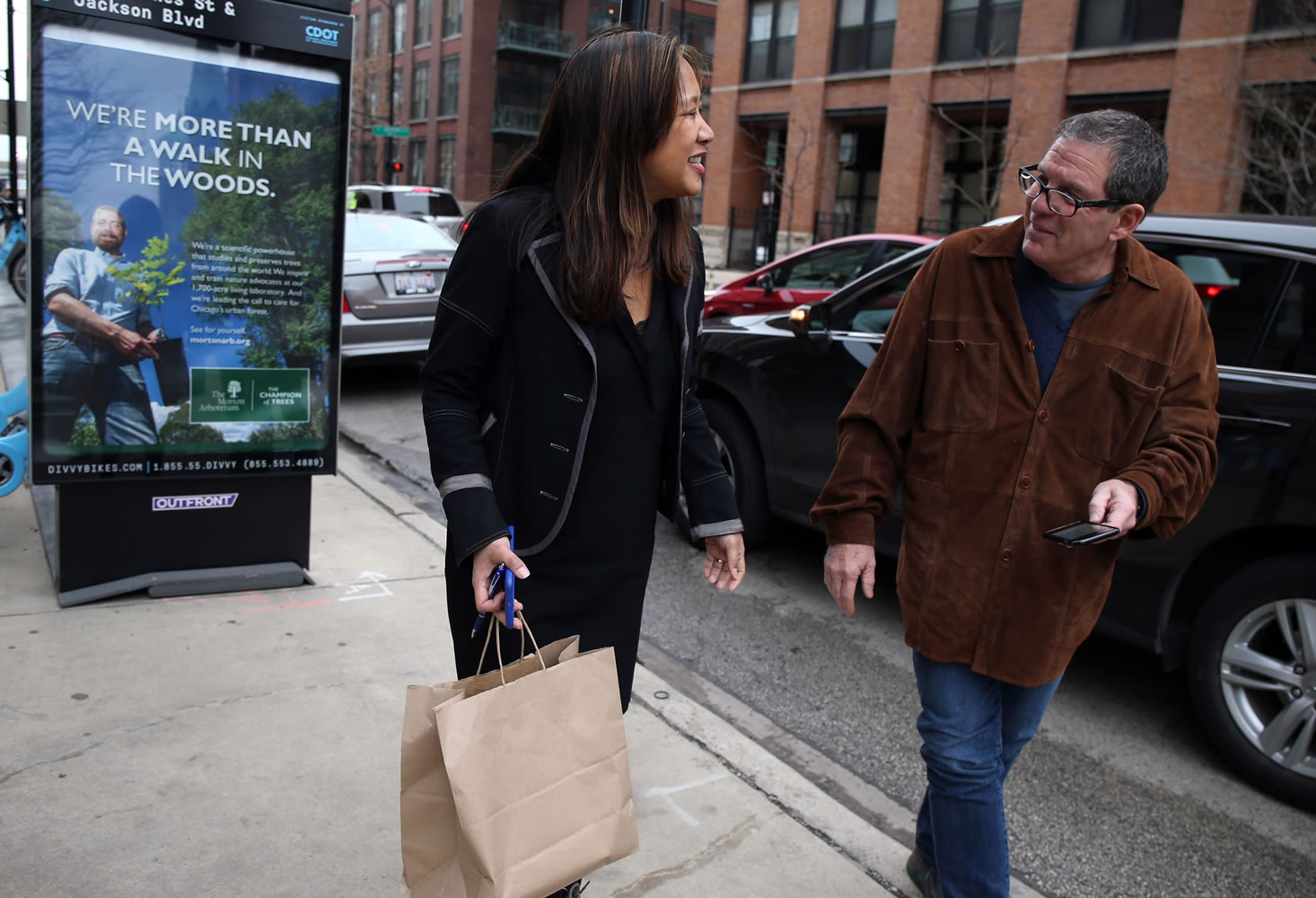It’s snowing. You don’t own a car. You’re lazy and hungry.
At least a dozen companies are ready to deliver prepared foods to your front door, and the market for restaurant delivery is set to expand significantly in 2016, industry observers say, driven by greater availability and consumers’ growing willingness to pay big money for convenience. But with demand rising, analysts say prices will increase as companies test exactly how much you’ll fork over for a hot meal.
The table for 2016 is set: Multiple startups are already competing fiercely for a still-small section of the restaurant market, and consumers are growing more aware of the options available to them via delivery.
Delivery accounted for 1.7 billion U.S. restaurant transactions in the 12 months that ended in September, or just about 3 percent of the 61 billion U.S. restaurant “visits” or transactions in the year that ended in September, according to The NPD Group.
Burger and sandwich delivery is leading the way in terms of growth, but all categories are growing except for pizza, said Bonnie Riggs, restaurant industry analyst at NPD. Delivery has seen steady growth in the last four years while business across the restaurant industry overall has been flat or down.
“For those consumers that want something different, now they have other options,” she said. “If it travels well and it’s unique or different, consumers are going to go for it.”
But expanding delivery services come with a unique set of problems: More delivery orders can mean in-store customers wait longer, or feel they’re not the priority, said Michael Whiteman, president of Baum+Whiteman International Restaurant Consultants. And if the restaurant prioritizes in-store customers, food intended for delivery can take longer to arrive and may rapidly decline in quality.
To avoid that, some restaurants have physically separated their delivery businesses from their in-store operations.
Chipotle Mexican Grill added a second assembly line in the kitchen of nearly all their restaurants nationwide to handle delivery and catering orders. These second lines account for an average of $500 in sales per day, co-CEO Montgomery Moran said on an earnings conference call in October, adding that he sees a lot of room for that to grow.
Panera took a more extreme approach: It’s testing “delivery hubs” that handle only delivery and catering. Executives say the new locations will help them catch the growing delivery market without harming customer service in its cafes. Darren Tristano, president of research and consultant firm Technomic, said he expects to see more brands dividing their businesses in this way as delivery grows in popularity, particularly among young city dwellers without cars and office workers who don’t want to step out for lunch.
Delivery has come a long way from the days when pizza and Chinese food were the only games in town. Technology has changed the market significantly in recent years. The evolution of online, and later mobile, delivery started in the early 2000s when GrubHub and Seamless were founded. In recent years, companies like Postmates, DoorDash and Uber have partnered with a wide range of new restaurants, from McDonald’s and Dunkin’ Donuts to high-end restaurants.
These third-party delivery providers allow restaurants to offer delivery without a lot of added costs, Whiteman said. But there’s a lot at stake for restaurants in deciding how delivery is managed. If a third-party delivery person grabs the wrong order or gives bad customer service, it reflects badly on the restaurant itself.
Another issue: Who owns the customer? As technology companies like Amazon and Uber jump in the delivery game, concerns are surfacing about the information that is provided to those outside parties. If, for example, a customer orders pizza every Friday from the same restaurant through Amazon delivery, Amazon would be able to market another company’s pizza or Italian options before their weekly order. In that case, Amazon would keep the customer but the original restaurant would lose them, Whiteman said. Amazon offers restaurant delivery in some cities through its Prime Now service.
And for customers, delivery fees are expected to get even steeper, Whiteman said, because the market is still growing at a rapid pace. In some cases, Technomic’s Tristano forecasts the combination of delivery fees, service charges and upcharges for meals reaching as much as $20-$30. Prices vary widely but in some cases delivery can double the price of a meal.
“It will be an interesting experiment in speed and convenience,” Whiteman said.
Restaurants will also have to deal with possible backlash from a difference between in-store and delivery prices, Whiteman said. Postmates, for example, charges a $5 delivery fee but also a 9 percent service fee, plus “blitz pricing” during peak times.
Increased demand is also expected to lead to consolidation as third-party providers including Uber, Amazon, Postmates and DoorDash fight to get a bigger slice of the market.
“There’ll be an enormous amount of collapse,” Whiteman said. “And they’ll hope to be acquired before they fall apart.”
But Paolo Lorenzoni, Uber’s Chicago general manager, thinks that the market still has a lot of room to expand before “chaos” ensues.
“Our perspective is that a rising tide lifts all boats,” Lorenzoni said. “And that rising demand for delivery will ultimately help all our businesses grow.”



